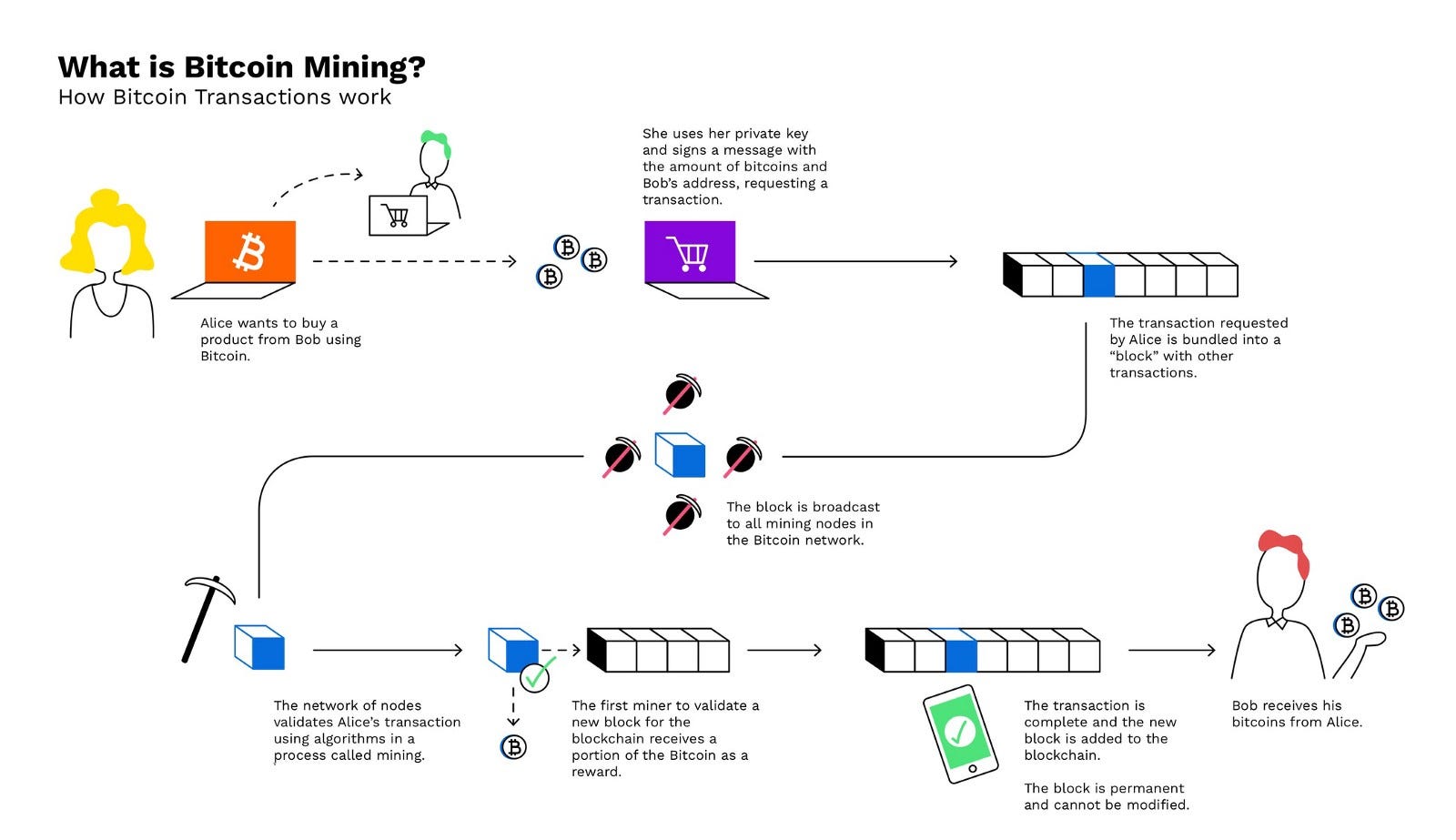Overview bitcoin
Contents:
Overview of Strategic Vendors - Part 2. MicroStrategy Bitcoin Initiative - Open Source Documents The following documents are being provided to serve as a resource to help as you navigate a corporate bitcoin strategy.
A quick introduction to Bitcoin
Key Considerations for Corporate Investment in Bitcoin A summary of some of the key considerations for corporations to keep in mind when investing in bitcoin. Treasury Reserve Policy A policy for implementing and managing a corporate treasury with bitcoin as the primary treasury reserve asset.

Bitcoin Trading Policy Guidelines to help avoid potential conflicts of interest and inappropriate use of corporate information in personal transactions involving bitcoin. Contractual Considerations for Digital Asset Custodians Some of the key considerations evaluated by MicroStrategy in negotiating bitcoin custodial agreements for its bitcoin initiative. Any blockchain solution, no matter how prescient, is only as good as its execution.
Bitcoin is a digital or virtual currency created in that uses peer-to-peer technology to facilitate instant payments. It follows the ideas set out in a whitepaper. Bitcoin is a digital asset and a payment system that is used as a form of Internet currency. It allows for anonymous payment from one person to another and is.
This is where PwC excels—by offering proven expertise in managing complex implementation programs from start to finish. Learn more. All rights reserved.
- bitcoin earning website 2021.
- bitcoin tweet meme.
- Bitcoin, Explained for Beginners - NerdWallet.
- Thank you for your request to connect with us..
PwC refers to the US member firm or one of its subsidiaries or affiliates, and may sometimes refer to the PwC network. Each member firm is a separate legal entity.
Please see www. Bitcoin, cryptocurrency, blockchain So what does it all mean? What is blockchain technology?
Share graphic. A transaction is a transfer of value between Bitcoin wallets that gets included in the block chain.
Bitcoin, Explained for Beginners
Bitcoin wallets keep a secret piece of data called a private key or seed, which is used to sign transactions, providing a mathematical proof that they have come from the owner of the wallet. The signature also prevents the transaction from being altered by anybody once it has been issued. All transactions are broadcast to the network and usually begin to be confirmed within minutes, through a process called mining.
Mining is a distributed consensus system that is used to confirm pending transactions by including them in the block chain. It enforces a chronological order in the block chain, protects the neutrality of the network, and allows different computers to agree on the state of the system.

To be confirmed, transactions must be packed in a block that fits very strict cryptographic rules that will be verified by the network. These rules prevent previous blocks from being modified because doing so would invalidate all the subsequent blocks. Mining also creates the equivalent of a competitive lottery that prevents any individual from easily adding new blocks consecutively to the block chain.